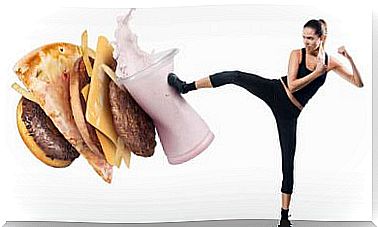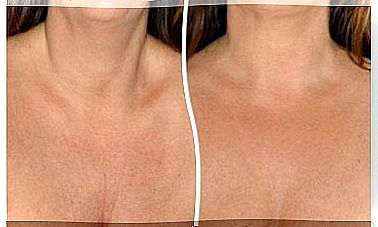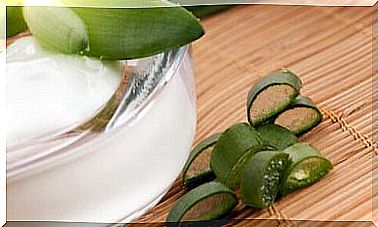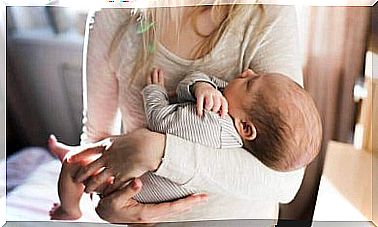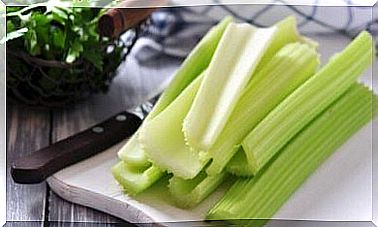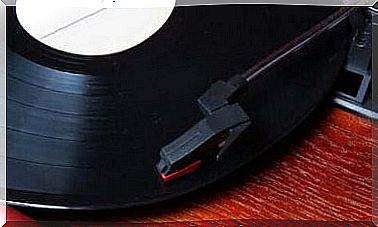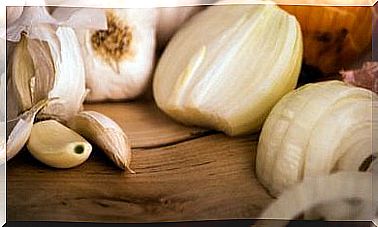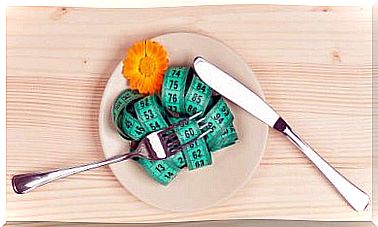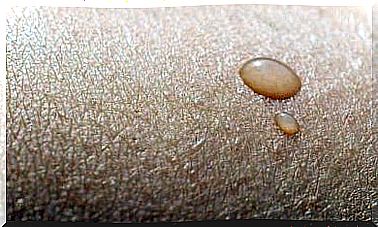Daily Habits That Cause Knee Pain
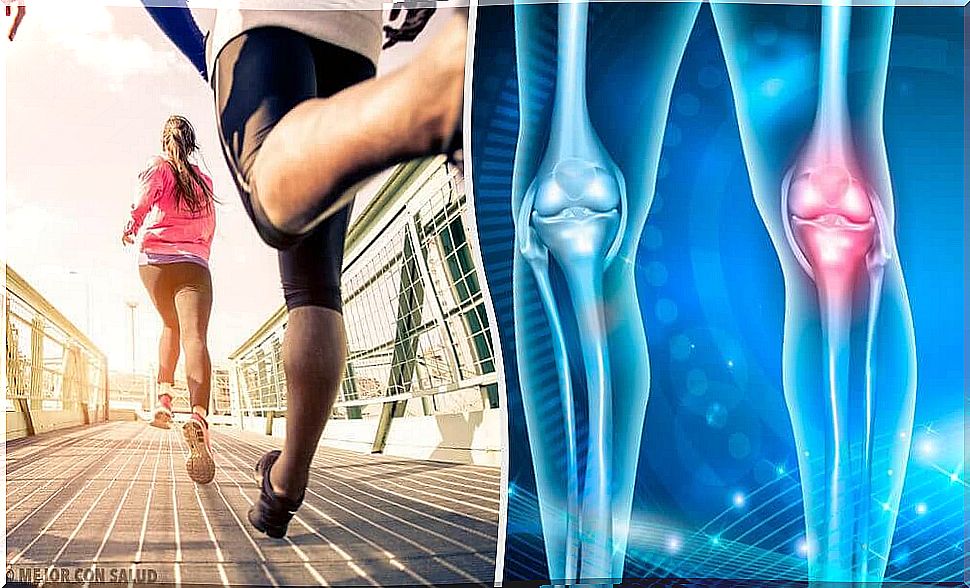
Do you suffer from knee pain? In many cases, it is our bad habits that cause knee pain and also cause other abnormalities in their daily function.
But what do our knees actually do? Not only are they responsible for stabilizing the body, but they also provide the flexibility to flex and extend our legs.
Without our knees, we wouldn’t be able to walk, run, or turn.
The following components contribute to the functions mentioned above:
- Muscles
- ligaments
- tendons
- Bones
- Cartilage
If these parts are damaged, they can cause knee pain.
Age Doesn’t Matter: Children can experience these problems just like the elderly can.
Symptoms
The symptoms that cause knee pain vary depending on the cause of the problem. However, general symptoms include the following:
- Inflammation and stiffness
- redness
- Warm to the touch
- Loss of balance
- Creaking sounds when moving
- Difficulty extending the leg fully
When should I be concerned?
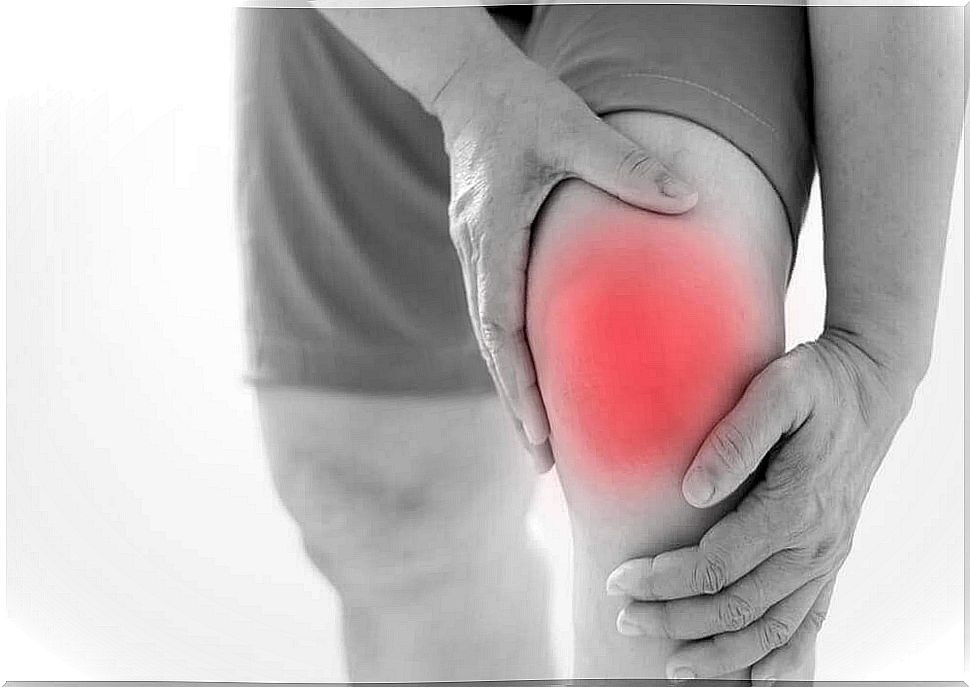
- You can no longer bear weight on your knee.
- There is excessive swelling in the area.
- You experience severe pain when extending or bending your knee.
- There is a visible deformity.
- You suffer from fever and knee pain.
- You feel like your knee is moving out of place.
What are the things that cause knee pain?
Any mechanical abnormality in the knees can be the result of, for example:
- An impact or rough movement that causes a twist or kink.
- Knee osteoarthritis caused by the use and wear of the parts.
- Rheumatic diseases such as rheumatoid arthritis.
- Being overweight: Having too much body fat puts pressure on the joints. As a result, the cartilage deforms under said pressure.
- A sedentary lifestyle: if we stay in the same position for hours, our muscles weaken. Muscles are responsible for protecting our upper and lower extremities.
- Age: As time goes by, the knee cartilage and mechanisms lose the fluid, elasticity, and flexibility that allow them to move freely.
- Extreme sports: Some sports are so aggressive to the knees that they damage the joints.
- High heels: The pressure you need to wear these types of shoes pushes the spine into an unnatural position. As a result, the knees receive double the normal load.
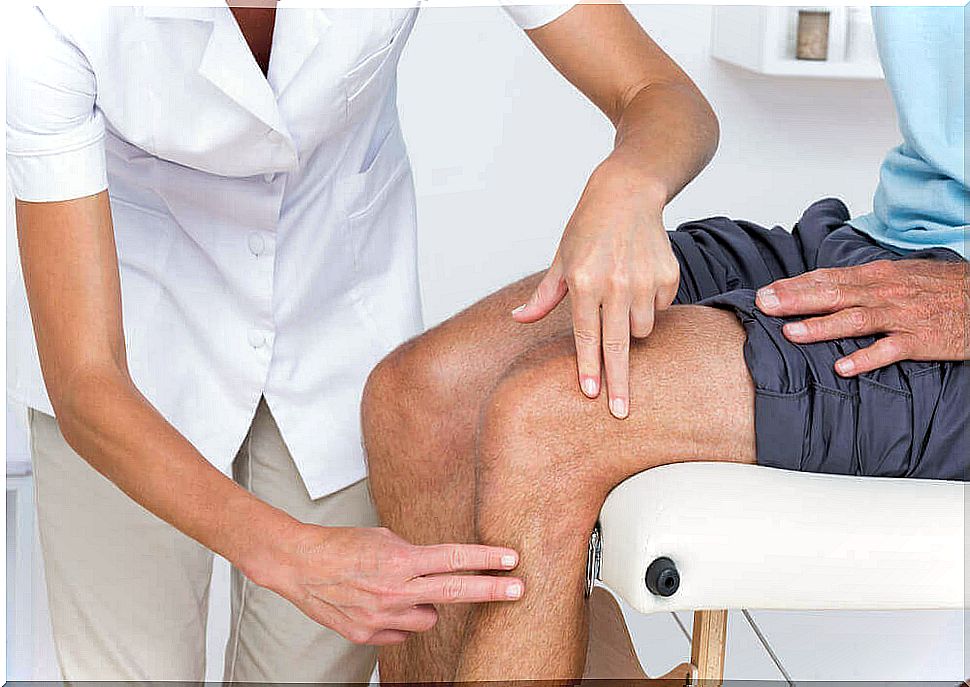
Noticing the first symptom of knee pain, the patient should make an appointment with a medical specialist. The specialist will then proceed to the following:
- First, he or she will ask a series of questions to collect the patient’s medical history.
- The specialist will then perform a physical examination.
- In unclear cases, the doctor may order X-rays, a bone density test, and CT scans. In addition, depending on the case, MRI scans, arthroscopes, or biopsies may be necessary.
Types of Injury
- Bursitis: is an inflammation caused by constant pressure on the knee (for example, by kneeling for a long time).
- Dislocation of the kneecap: This happens when the triangular shaped bone that is part of the knee is out of place.
- Iliotibial friction syndrome (runner’s knee): This syndrome is an injury to the ligament that runs from the hip to the outside of the knee.
- Pain in the front and middle part of the knee.
- Tearing of the ligaments: Tearing can cause bleeding in the knee, swelling or imbalance in the knee.
- Sprains: These are minor injuries to the ligaments caused by twisting movements.
How can you prevent knee pain?
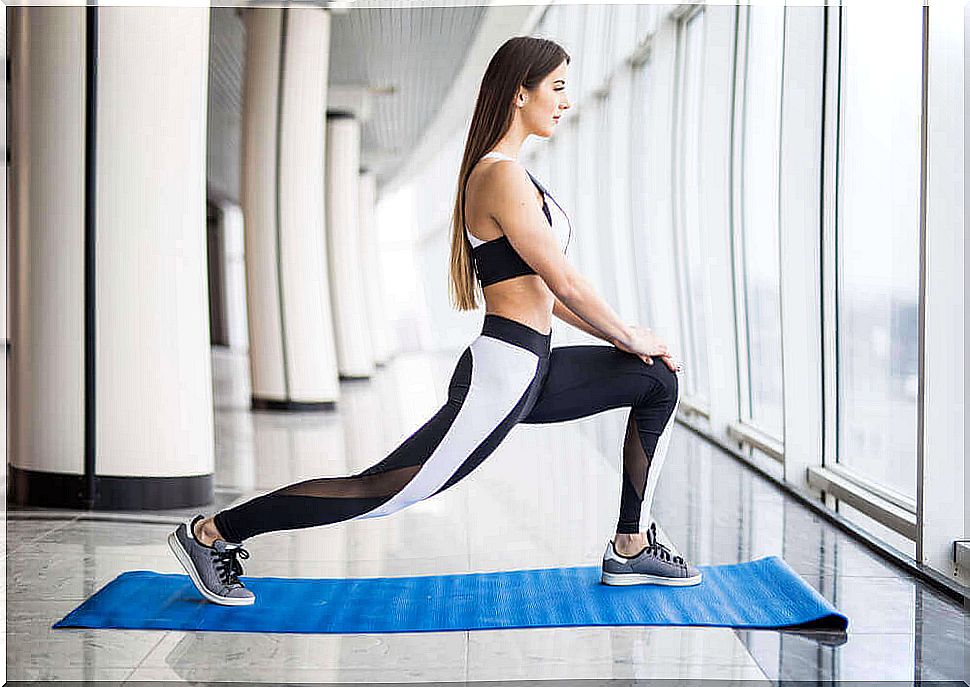
It is clear that in high-risk situations, such as accidents, the consequences cannot be avoided. However, there are also other occasions where we can do something about it, for example:
- Walk and stretch before exercising.
- Muscles need to be strengthened. To do this, you need to lift weights, get on a bike and do aerobic exercises.
- You should try to find consistency in your exercise routine. Abrupt changes increase the risk of injury. The key is to tackle it little by little, in both aspects of power and duration.
- One of the simplest, but the most common, reasons for knee pain is unsuitable shoes. It must be comfortable and in good condition.
- If you want to maintain the correct weight to avoid undue pressure on your knees, then exercise is a must. You should train at least 3 times a week.
